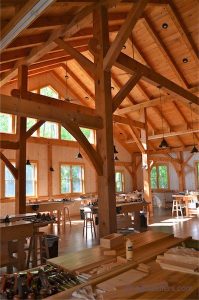Foundation course Part I starts today
Foundational workshop
Today, Monday, we start a Part I Foundational Workshop in the New Legacy New York School. Over the weekend I was sharpening saws ready for the class but I left a couple for teaching with. Saw sharpening begins with tooth shaping and then setting the teeth. Sharpening quickly follows and after about ten minutes the saw is usually done. Handsaws is the general category name for long saws of 20-26” long. I have a couple of shorter ones and a couple of longer ones but the popular sizes are 20-24”. This is the plate alone and not the handle included. We tend to call shorter versions panel saws after their common usage in cutting panels both with and across the grain: That’s ripcut and crosscut saws.
I brought saws with me from the UK and then a friend brought in a plastic storage box to see if we wanted them. Another half a dozen saws that need de-rusting and sharpening. It is no wonder there are so many saws around in bad shape when you think that most woodworkers never master this important but most basic skill. Today we change that in many lives and so too on Friday when we have another Foundational I class that’s almost but not quite full, so if you want to sign in for that go to the schedule page.
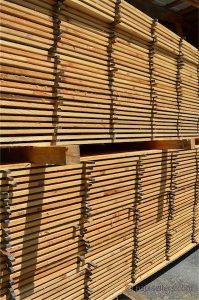
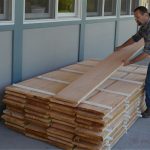
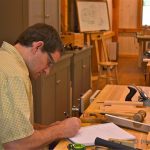
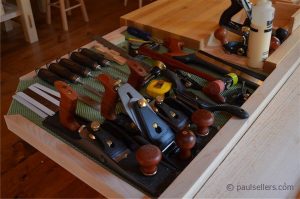
Watching their faces as we sharpen my chisels is a bit like looking into the eyes of a child when they see something amazing and the sockets suddenly seem too small. But it’s far beyond being amazed that hits me because I realize that within that exaggerated expression something takes place we often cannot see. Absorption. The sponge syndrome, call it what you will, standing around my bench they suddenly get what is happening. A symbiosis of all component parts in hands and eyes and arms and brains absorbs this critical information to say, I know I can do what Paul is showing me.” That’s the melt down of every obstacle that once barred them from sharpening and messing up. Once that happens we start building the skills and with that comes the confidence and more woodworkers become competent to sharpen the tools that once lay dead and helpless and dull.
I will be keeping you posted on developments over the next two weeks.


